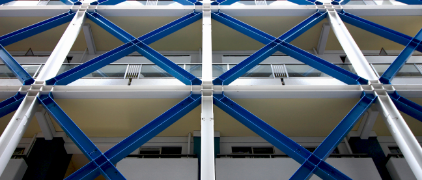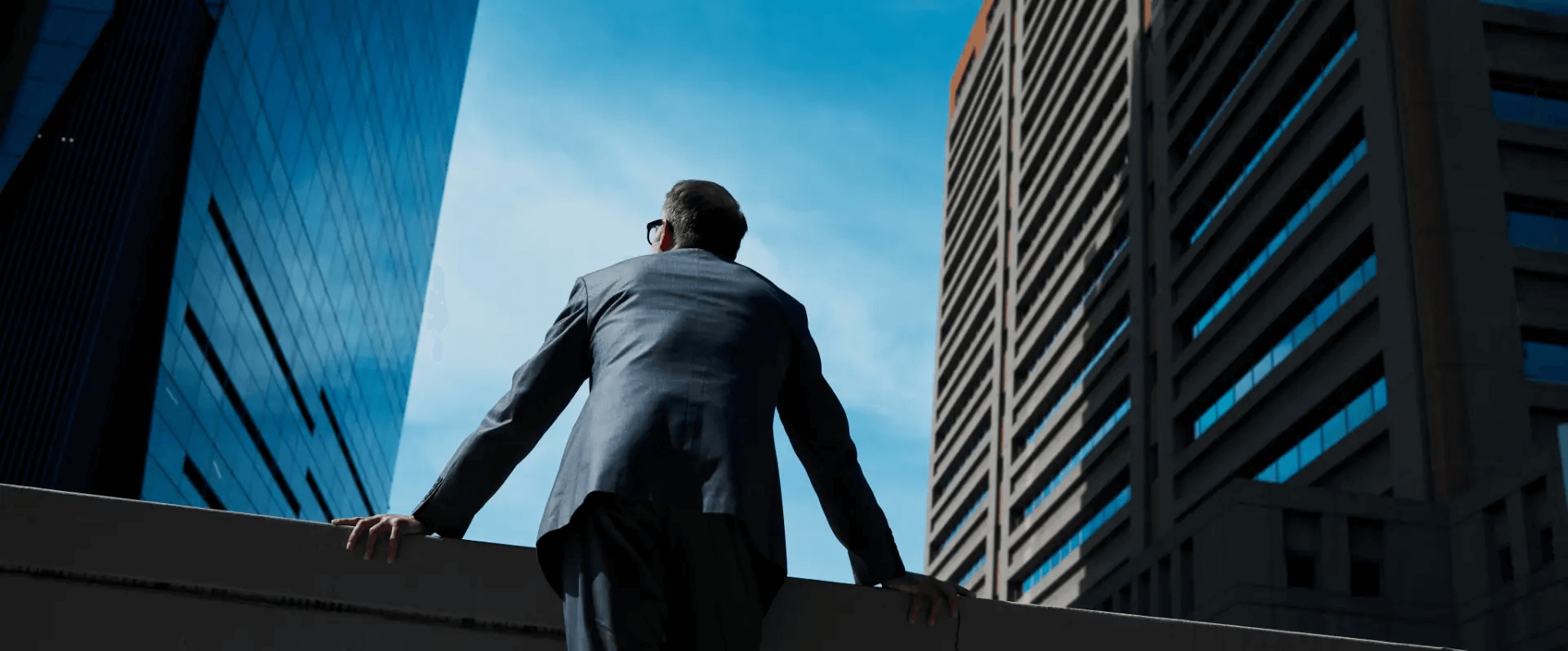Our Partnership With the Global Earthquake Model Foundation

Our Co-Founder and CEO, Andy Thompson, recently sat down with John Schneider, Secretary General of the Global Earthquake Model Foundation (GEM), to discuss the partnership between our two organizations.
We wanted to take some time to share highlights from that conversation.
Andy: For those who aren’t familiar, can you explain GEM’s mission?
John: The Global Earthquake Model Foundation (GEM) was established in 2009 in Pavia, Italy to create a partnership between public and private sectors to develop global hazard and risk assessment tools and software.
Today, GEM provides datasets and software, like OpenQuake, as well as hazard and risk models, openly and freely to organizations and countries around the world to help assess earthquake hazard and risk and to inform risk reduction efforts.
We receive most of our funding from sponsorships in support of our mission, which is to develop and distribute earthquake hazard and risk information and make it available to reduce earthquake risk worldwide. Our vision is a world that is free of earthquake risk.
Andy: How would you describe the partnership between Safehub and GEM?
John: Well as you know, Safehub currently serves as an Advisor sponsor for GEM; and we’re pleased to have you as a representative to the governing board, helping facilitate a mutually beneficial partnership for our two organizations.
Our partnership allows Safehub to work with a community of scientists, engineers, and representatives from countries all over the world who share GEM’s mission—offering valuable opportunities for professional collaboration and innovation. But it’s more than that.
GEM provides a consistent view of hazard and vulnerability across countries and industries, and Safehub provides real-time, building-specific damage data after earthquakes. GEM models and Safehub data are complementary, in that GEM models can be used to estimate the potential for damage, while Safehub’s recordings can be used to improve the models for future risk or impact estimates.
Andy: Exactly. To provide that damage information, Safehub needs to have a good understanding of the vulnerability of specific buildings, and we achieve this by leveraging GEM’s data to inform our insights and projections.
Andy: When we talk about hazard and vulnerability, it can get confusing. How do you define them?
John: That’s true; when we talk about hazard versus risk, or versus vulnerability, the words roll off our tongues, but they don’t necessarily mean the same thing to everyone. Here’s how we define them:
- Hazard is the likelihood of an earthquake happening in a location and the shaking that results from that earthquake. Hazard serves as the basis for building codes around the world.
- Vulnerability is the strength of the building and the potential for structural damage or mortality of the people inside.
- Exposure includes all the assets or people in a building—basically anything of value that is at risk during an earthquake.
- Risk is the combination of hazard, vulnerability, and exposure, and is expressed as probability vs damage or economic loss.
So, when we put data from GEM and Safehub together, our insights become even greater.
Andy: Agreed. With Safehub’s sensor technology, we can provide information related to risk and exposure. Without this type of data, GEM is only able to make estimates of the likelihood of damage, but Safehub’s technology delivers actual, real-time metrics that we will be aggregating for public use in the near future. Combining GEM’s vulnerability information with Safehub’s building-specific data helps fill in gaps in both of our models.
Andy: Speaking of which, we recently donated a Safehub sensor to GEM; how does the organization plan to use it?
John: We plan to install the sensor in CAR College, a former monastery building in the center of Pavia that is the residence building for many GEM staff. It’s an old stone structure built on Roman ruins, but the building itself is between 300 and 400 years old.
Around fifteen years ago, the building was refurbished, but cracks have already started to appear, so we’re concerned that the building may be compromised. There’s this question running through our minds about how much that building might actually be compromised already if there were a shake. We’re hoping to use the sensor to monitor any changes in the integrity of the building over time.
Additionally, GEM’s offices are adjacent to a building that houses a large earthquake shake table, and when it’s activated, it also shakes our building. We’re very curious whether the building is sufficiently isolated or whether it may actually be being gradually compromised as a result of this shaking testing. So, we also plan to install the donated sensor in this building some of the time.
We’re eager to try the sensor technology in our own buildings to see it in action and gain further insight into the safety of our facilities.
Andy: Thank you so much for talking with me today, John.
A Future of Possibilities
At Safehub, we’re incredibly excited about the future possibilities of this partnership. GEM is currently working on understanding the relationship between physical damage and financial loss, and that’s where we can help fill the gaps. Safehub’s platform uses the building-specific damage information from its sensors to help our clients calculate estimated losses. In the future, we hope to be able to share aggregated data with GEM to help improve the risk information they provide globally to their partners and the public. Contact us today if you’re interested in learning more about Safehub’s technology.

